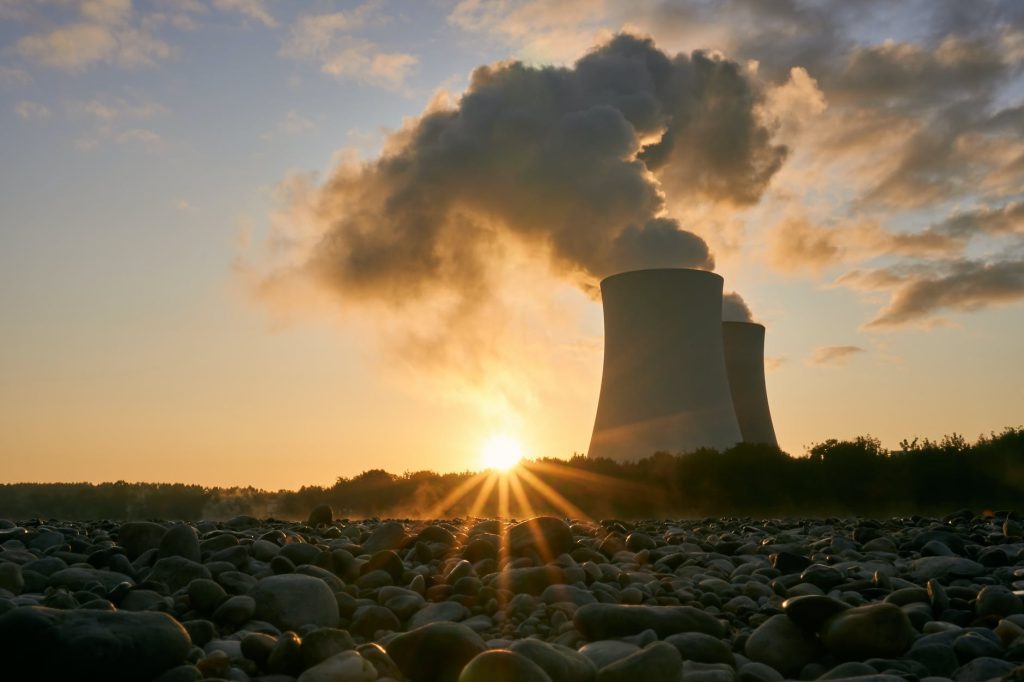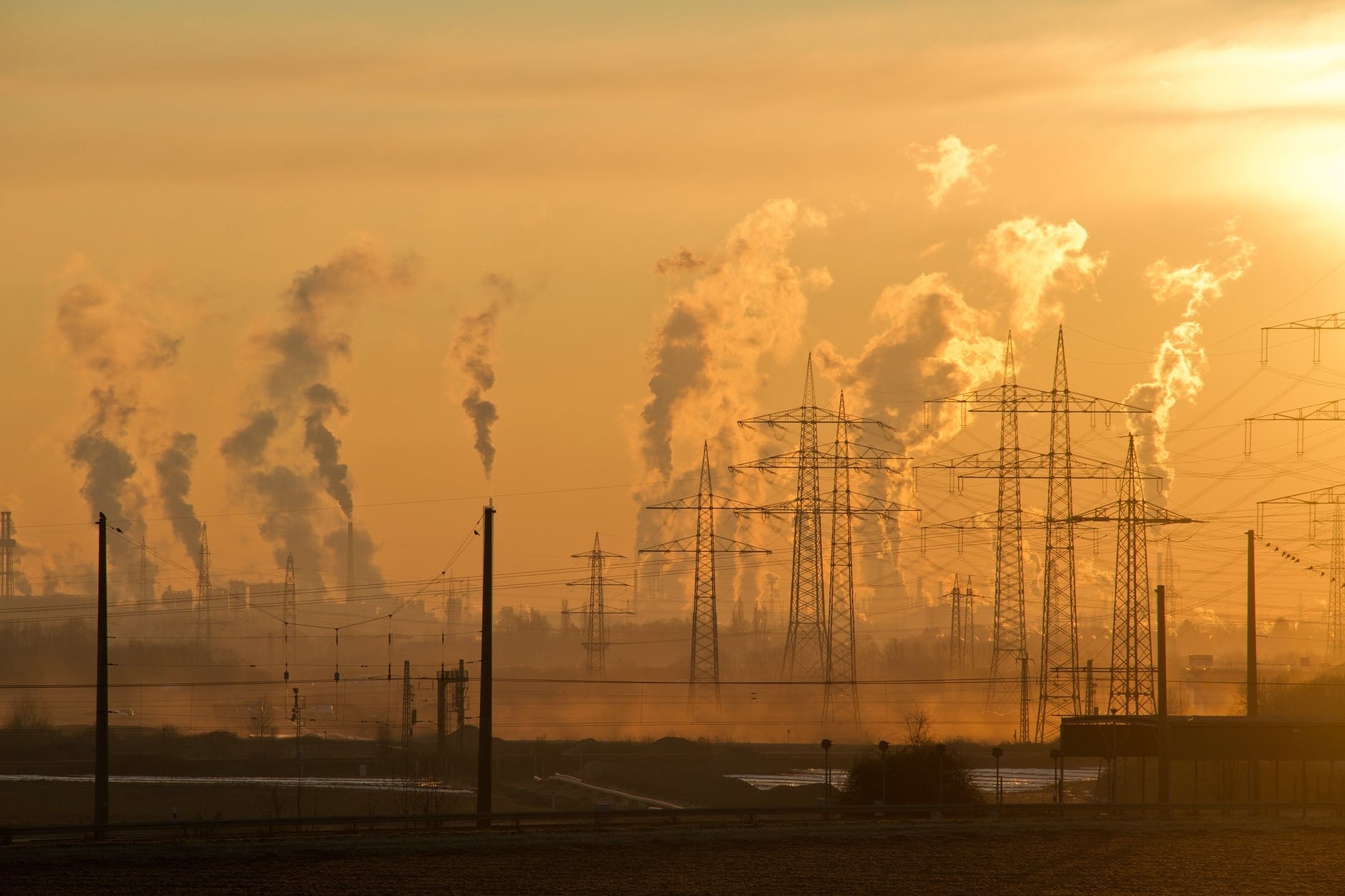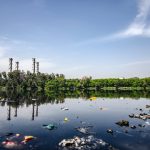An environmental pollutant is a substance that is added to the environment at a rate that exceeds the rate at which it can be dispersed (diluted, decomposed, recycled) as well as stored in some harmless form (such as heat). Air pollution, oil spills, as well as land pollution are the three most common types of pollution. Specific pollutions, including such noise, light, and plastic pollution, are also a source of concern in today’s society. In addition to damaging the environment and wildlife, pollution can have a negative impact on human health and well-being.

Controlling pollution
The issue of environmental protection is raised by the case of environmental pollution. Air pollution control, wastewater, solid waste management, hazardous waste management, and recycling all go a long way toward reducing the amount of harmful substances released into the environment. In developing countries, efforts to reduce pollution are often overwhelmed by the scope of the problem. The accumulation of particulates as well as gases from road transport, heat water, as well as manufacturing is common in very many major cities, where the noxious levels of pollutants are common. Since single-use plastics have become so widely available, there has been an exponential rise in land and ocean plastic pollution. The emissions of greenhouse gases like carbon dioxide and methane are also a major cause of global warming and an important risk factor for public health.




